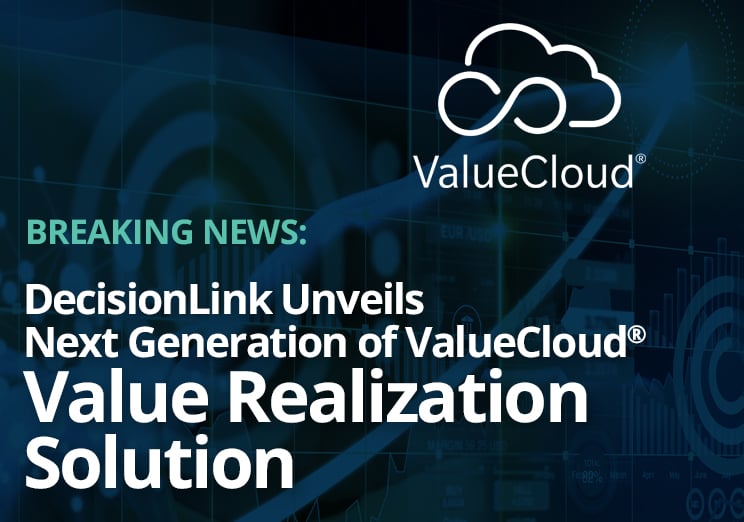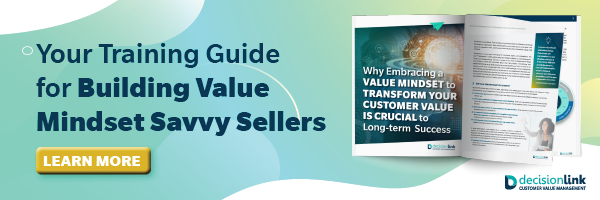Software Adoption: The Foundation of a Mutually Beneficial Partnership

Over the course of the last few weeks, we’ve explored each facet of software adoption. We’ve looked at the challenges companies face with change management, important metrics to track with regards to adoption, and we’ve explored the responsibilities of both vendors and customers in order to realize a successful software implementation.
Net net, for both vendors and customers, software and technology adoption must be front and center of any implementation.
To reap the fruits of the technology, there is a need for both sides to pay attention and to collaborate for quick and deep adoption. Anything short of that is leaving money on the table, especially if the technology or software offers tremendous economic impact and solves real problems.
This blog series proposed lots of ideas and concepts, so, to summarize this blog series, we present six critical components for software adoption:
-
Adopt meaningful change management practices: Above all else, change management must be included in the design of the adoption program and in the professional services suite offered by vendors. Both sides need to embrace the people-side of change and focus heavily on the needs of the users. That means user-friendly communication, training programs, and incentives to adopt and assimilate.
-
Deploy a formal adoption program: A certain level of formalization is required for users to understand that the process is robust and well-documented. This process and program must then be communicated widely by the champions and the project team - brand your program to increase its internal awareness, beat the drum every chance you get, and be sure to explain the “why” to end users. After all, you’re asking them to change their daily behavior - make sure it’s clear the importance of this behavior shift. Kick this process off as soon as the contract is signed.
-
Focus on value realization right away: It is essential to start tracking realized value from day 1 of any deployment. The sooner you track, the greater the demonstrated impact, and the more confidence to adopt it generates. Success breeds success. Early quantified success also accelerates the adoption of late adopters and laggards. Often, the late majority does not want to get involved in a project until they see success and gauge the risk/benefit ratio. If they see great championing from the top and early success, they will be jumping in sooner.
-
Aim at mindset of adoption: Getting people to adopt something new is not an easy task. You need to get under their skin and change their routines and ways of doing things. So, you focus on small baby steps and incremental activities they can do each day. You should try to avoid the ‘big bang’ deployment. That means designing training and learning programs focused on user preference and availability. That also means making it fun to create an emotional connection with the new technology.
-
Measure the right things: Early in the series, we discussed tracking both financial and change KPIs. The adoption and project dashboard needs to be created right away and communicated widely to the relevant teams. This is particularly important when enterprise solutions are deployed. In fact, this can often be designed as part of the customer agreement.
-
Boost integration and automation: There is no magic wand when it comes to technology adoption. If your software is easily integrated in the current customer tech stack and provides a greater level of automation than users have today, chances are that it will get adopted and provide superior economic impact. If it is not, and more manual connections are needed, you will experience user fatigue. Adoption, integration, and automation are critical dimensions of a successful deployment.
This series was focused on a specific topic - customer adoption. There is a reason for that, and it is worth repeating it. On average, an organization uses over 250 SaaS applications. And the average adoption rate is 45 to 50%. Wouldn’t you rather be the software with adoption levels at 80% to 90%?
Only then will you reach great realized value compared to other software vendors. It also means you might not be the next one to churn when customers make difficult cost-cutting decisions.
As we begin a new year with tough economic headwinds, companies are looking to cut software that is underutilized and software vendors everywhere are looking for ways to prove their worth. Look at your enablement processes today and see how you can improve your success rates and in turn, find more successful, happier clients.
Adoption is half of the battle. Once they’re using the tool, proactively tracking that they’re seeing positive results is important for maintaining customer loyalty, growing renewals, and expansions, and creating customers for life. Download this whitepaper to learn how to embrace a value mindset and start seeing the financial impact your solution has on your customers.
Author Bio

Dr. Stephan Liozu (www.stephanliozu.com) is the Founder of Value Innoruption Advisors (www.valueinnoruption.com), a consulting boutique specializing in industrial pricing, digital business, value models, and value-based pricing. Stephan has 30 years of experience in the industrial and manufacturing sectors with companies like Owens Corning, Saint-Gobain, Freudenberg, and Thales. He holds a Ph.D. In Management from Case Western Reserve University, and has written several books, including Dollarizing Differentiation Value (2016) and Value Mindset (2017).

 ValueCloud
ValueCloud
.png?width=118&height=76&name=Rectangle%20(3).png) ValueCloud Ignite
ValueCloud Ignite
.png?width=92&height=92&name=Rectangle%20(4).png) Free Assessment
Free Assessment
.png?width=100&height=100&name=Rectangle%20(5).png) Watch a Demo
Watch a Demo
.png?width=82&height=96&name=Rectangle%20(6).png) Value Calculator
Value Calculator

.png?width=62&height=51&name=Group%2010%20(1).png) Marketing
Marketing
 Sales
Sales
 Customer Success
Customer Success
 Engage Prospects
Engage Prospects
 Win Deals Faster
Win Deals Faster
 Retain Customers
Retain Customers
.png?width=62&height=62&name=Rectangle%20(8).png) Adopt and Scale
Adopt and Scale
.png?width=54&height=54&name=Rectangle%20(9).png) Cybersecurity
Cybersecurity
 Healthcare
Healthcare
.png?width=54&height=54&name=Rectangle%20(10).png) IT & Software
IT & Software




